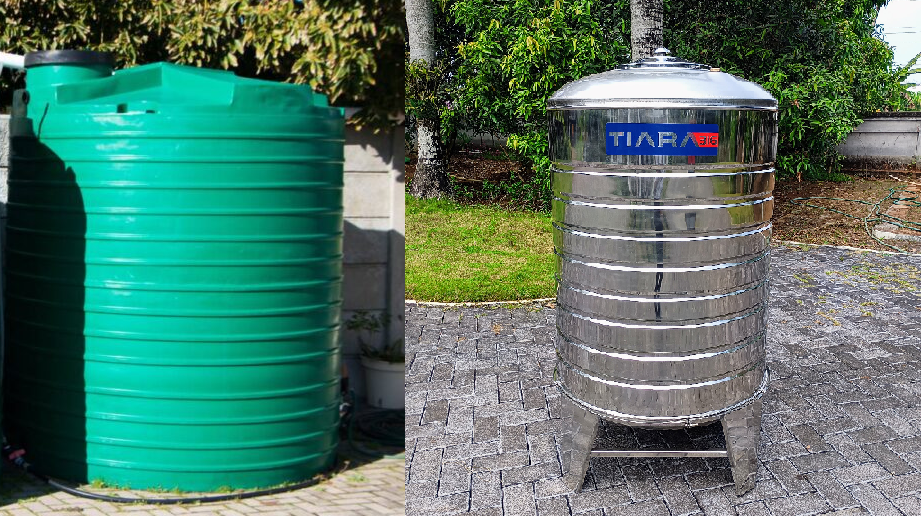
When it comes to choosing the right water tank for your home or business, durability, cost, and maintenance are crucial factors to consider. Among the most common materials used for water tanks are stainless steel and plastic. While both have their own set of advantages, understanding the lifespan of each can help you make an informed decision. In this article, we’ll explore how long stainless steel and plastic water tanks last, their respective benefits, and things you should consider when making your choice.
Lifespan of Stainless Steel Water Tanks
Stainless steel water tanks are known for their exceptional durability and resistance to corrosion. These tanks typically have a lifespan of 20 to 50 years, depending on factors like the quality of the steel and the maintenance practices followed. The primary reason for this long lifespan is stainless steel’s natural resistance to rust and corrosion. Unlike other materials, stainless steel doesn’t degrade over time when exposed to water and environmental conditions.
One of the key advantages of stainless steel is its ability to withstand high temperatures and extreme weather conditions. In addition, stainless steel tanks are more resistant to damage from UV rays, making them ideal for outdoor installations where plastic tanks might degrade more quickly.
However, the lifespan of stainless steel tanks can be affected by improper installation, exposure to highly acidic or alkaline water, and lack of maintenance. Over time, dirt, debris, and minerals can accumulate on the surface, potentially leading to corrosion if the tank is not cleaned regularly. Routine inspections are important to ensure that there are no weaknesses in the tank, such as cracks or scratches, which could eventually lead to leakage.
Lifespan of Plastic Water Tanks
Plastic water tanks, typically made from polyethylene or polypropylene, are another popular option for storing water. These tanks are generally more affordable than stainless steel tanks and can last anywhere from 10 to 20 years. However, their lifespan can be shorter than that of stainless steel tanks due to their vulnerability to certain environmental factors.
One of the main issues with plastic water tanks is their susceptibility to UV radiation. Prolonged exposure to sunlight can cause the plastic to weaken and become brittle, which may lead to cracking or leaking over time. Some manufacturers address this problem by adding UV inhibitors to the plastic, but even with these additives, plastic tanks can degrade faster than stainless steel tanks in areas with intense sun exposure.
Plastic tanks are also more vulnerable to physical damage, such as punctures or cracks caused by external pressure or impacts. While plastic tanks are less likely to corrode than metal tanks, they are still prone to wear and tear, especially in areas where there are significant temperature fluctuations.
On the positive side, plastic water tanks are lightweight and easier to install compared to stainless steel tanks. They are also highly resistant to rust and corrosion, but their shorter lifespan means that owners may need to replace them sooner.
Conclusion
The decision between a stainless steel and a plastic water tank ultimately depends on your budget, location, and how long you intend to use the tank. If you’re looking for a long-lasting, low-maintenance solution, a stainless steel tank might be the better choice. However, if upfront cost is a concern, and you are okay with replacing the tank after a decade or two, a plastic tank might serve your needs.
Regardless of the material, regular maintenance and proper care are essential for extending the lifespan of any water tank. By understanding the pros and cons of each material, you can select the tank that best fits your needs and ensures reliable water storage for years to come.


